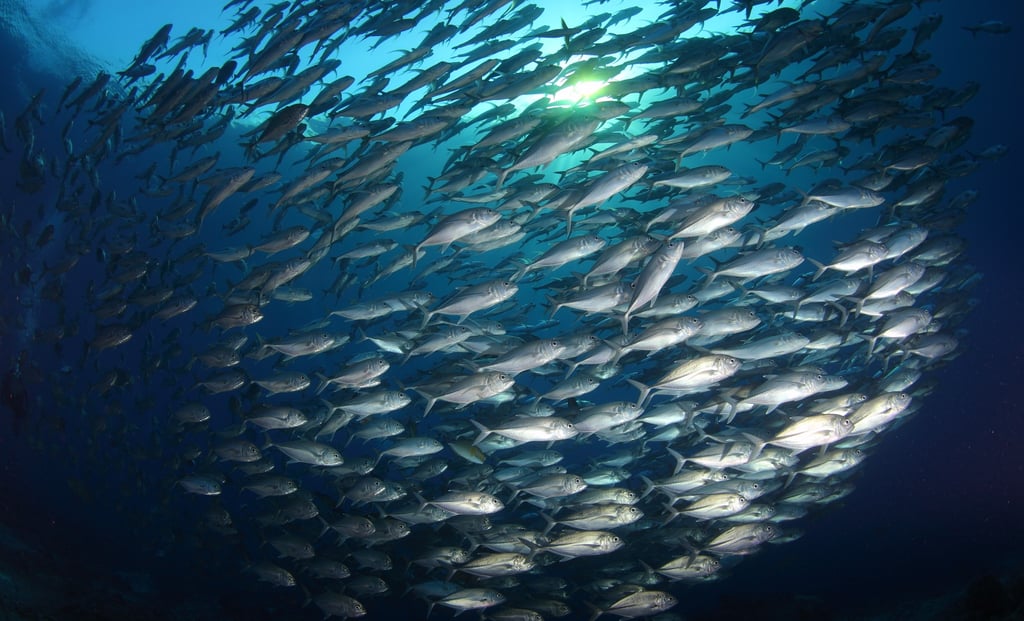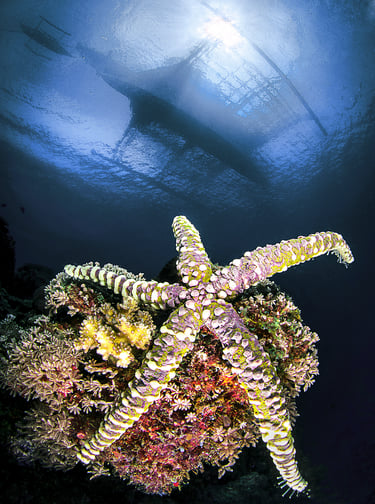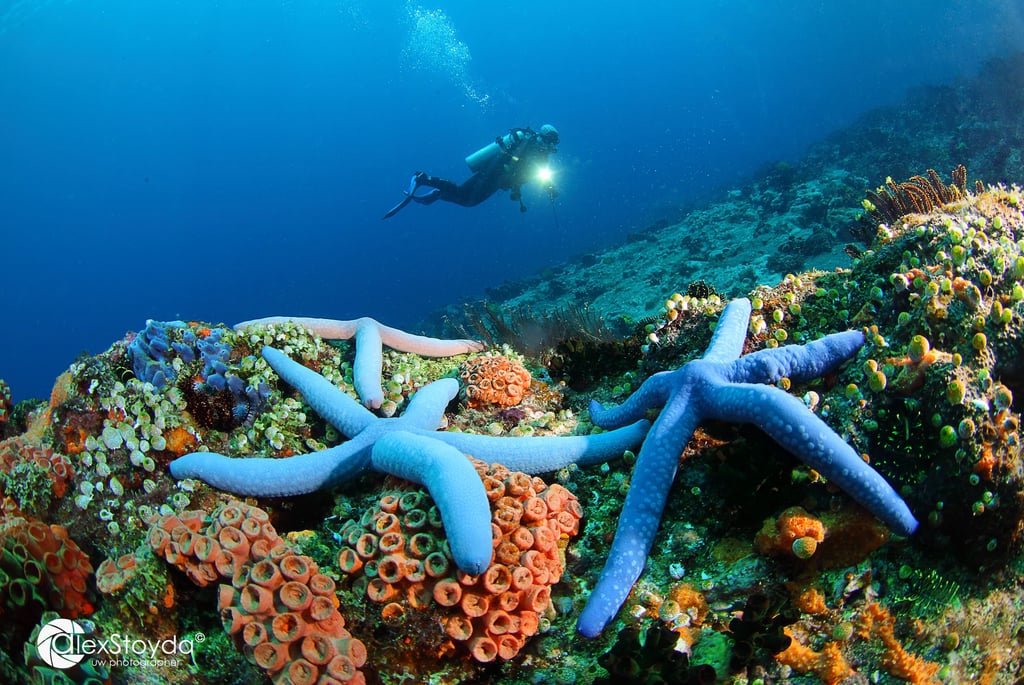
APO DIVE SITES


Only 20 minutes from the resort Apo Island is probably the most famous diving destination in this region and it lives up to its name. Here is fantastic year round visibility, stunning healthy soft and hard corals, school of fish, turtles, and of course the chance for an encounter with a large pelagic.
LARGAHAN. A great site for macro lovers; a wide variety of nudibranchs, flatworms, frog fish, scorpion fish and eels can be found hiding among the coral thicket. Geothermal activity creates a continuous stream of bubbles that erupt from the black sand separating the corals. Site is very interesting for any diver.


CHAPEL. A stunning dive that starts as a gentle slope with clusters of corals, that leads into a very steep slope that eventually tapers off into a large wall with overhangs and small caverns for the more adventurous diver to explore. Many varieties of reef fish can be seen here, also lobsters, flatworms, nudibranchs and eels. It is also common to see turtles and sea snakes and for the very lucky few it is also possible to spot Thresher sharks off in the deep blue.


KATIPANAN is a nice easy dive site for all divers; named after the small cowry shell that is often seen amongst the healthy soft corals. This site has little to no current, making it a great dive for beginner divers. It is possible to see turtles and sea snakes gently cruising through the corals and over the sandy reef. This site can be divided in two directions making a great double dive.
BALUARTE. A stunning dive site that is continuously shrouded in bubbles, created by the volcanic activity under the island. The site itself has a small wall covered in stunning soft corals, which gently tapers into a black sand slope with a spattering of corals, which hide a variety of marine life.
ROCK POINT WEST. It is a steep slope that starts at 5 m and tapers out at 20 m. The shallower part of the dive site is covered in healthy soft corals and the deeper sections in large hard corals and sponges. Depending on the current it can be divided in two different directions. The soft corals are home to a wide variety of macro life including frogfish, nudibranchs and flatworms. Large schools of trevally, snapper, and groupers are often seen swimming along the wall and Hawksbill Turtles are regular visitors.
ROCK POINT EAST. A large finger shaped reef that extends from the South East corner of Apo Island it is exposed to open sea currents that ensure an incredible variety and amount of fish life and stunning coral formations. Depending upon the currents it is possible to dive this site in two different directions. It is possible to see turtles, schools of jacks, and sometimes reef sharks.
COCONUT POINT. Great for more experienced divers, this site is commonly referred to as the ‘washing machine’ due to the very strong currents that are normally always present. Large schools of trevallies, jacks, anthias and snappers are regularly seen here. The large slope also creates a great hiding place for turtles and the occasional meter long bump head wrasse. The strong currents attract a lot of marine life, a stretch of sand between two rock cliffs creates a natural shelter where it is possible for divers to hide from the current and watch for the larger pelagic to pass by. For those lucky divers it is also possible to spot reef sharks, and occasionally whale sharks!


COGON POINT. Another dive site that is only suitable for the experienced diver. This site is subject to very strong currents that create an interesting drift dive. The site begins with a gently slope covered in healthy soft corals and sponges and then gradually tapers into a more pronounced wall, Large schools of jack fish, banner fish and bat fish are common sightings at this site and for the lucky few it is also possible to see mantas, reef sharks and turtles.
MAMSA POINT. Mamsa is the local word for Jack fish, which are plentiful at this dive site. It is possible to see schools of hundreds of jack fish playing in the strong currents and if you are lucky you will see them form a protective circle from the larger predatory pelagic tunas that like to hunt them. Another site that is only suitable for the more experienced diver, the currents can be so strong here that at certain times diving is not permitted for anyone!


